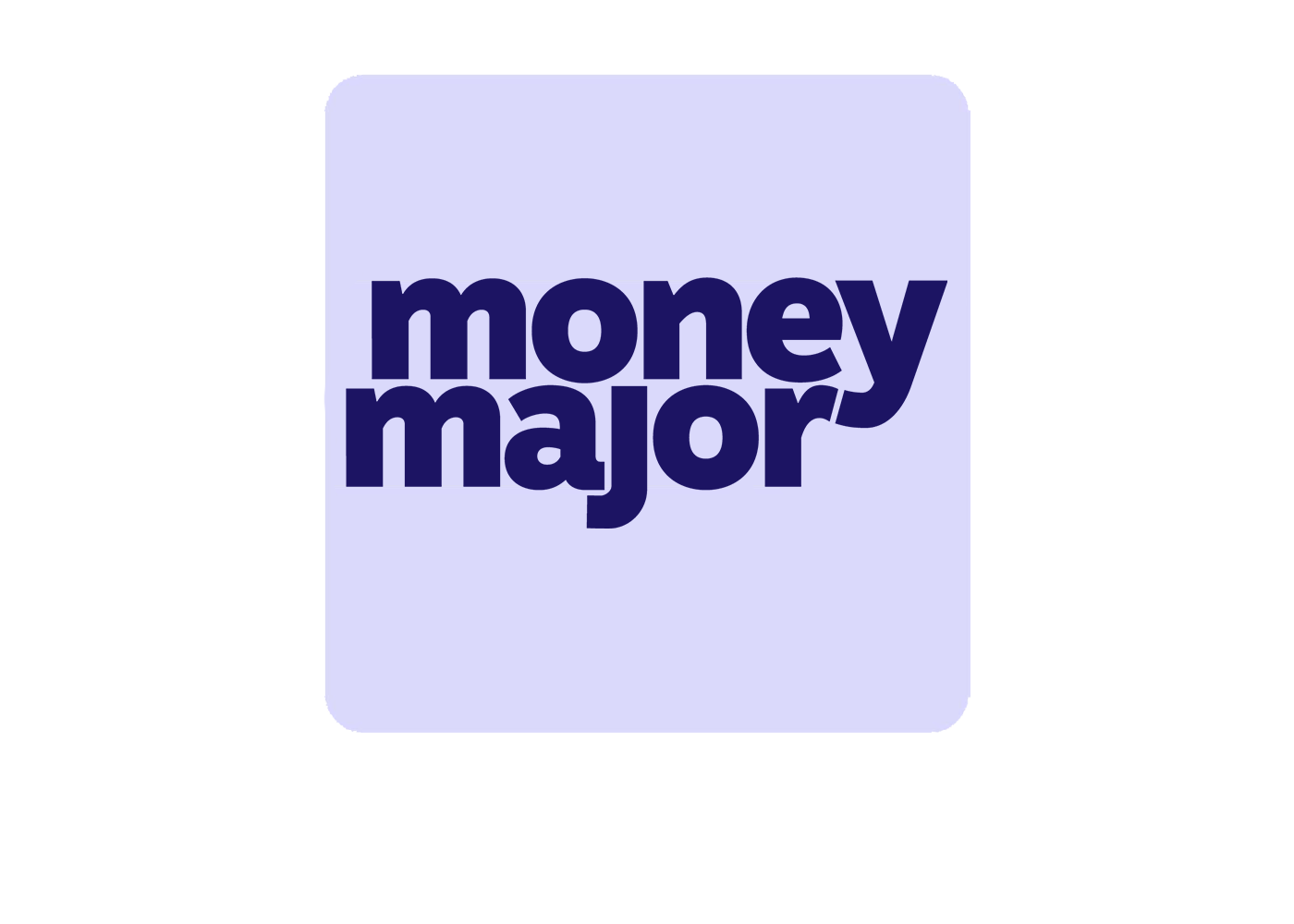RESPs, or Registered Education Savings Plans, are smart savings tools to support your child’s higher education. Post-secondary education is a significant financial commitment, and any financial aid can relieve some pressure and help students and families be more prepared when the time comes.
- Read more: What’s The Best Savings Plan?
RESPs are great for helping you invest in your child’s education as contributions grow tax-free and the government provides additional financial incentives to encourage saving. While your funds grow until the beneficiary enrolls in an eligible post-secondary program, you can start contributing long before then.
Let’s explore when you can open and start contributing to an RESP.
Age Eligibility for an RESP
In Canada, there is no minimum age to open a Registered Education Savings Plan (RESP). An RESP can be opened as soon as a child has a Social Insurance Number (SIN). The earlier you open an RESP, however, the more time you have for the contributions to grow in the investments chosen.
The beneficiary of the RESP is the child it is opened for, and they will receive the funds at maturity to pay for their post-secondary education. Once the beneficiary enrolls in an eligible post-secondary program and starts attending post-secondary school, they can begin withdrawing Education Assistance Payments (EAP) to pay for education-related expenses like tuition, textbooks, school fees, housing, and more.
There are no annual RESP contribution limits. You can contribute as much or as little as you like each year depending on your budget. Some people like to make monthly contributions while others prefer to make a lump-sum contribution. However, there is a lifetime contribution limit of $50,000 per beneficiary. Additionally, the Canada Education Savings Grant (CESG) matches 20% of annual contributions up to $2,500, providing a maximum of $500 per year in grants.
Maximizing Benefits in an RESP
To maximize the benefits of a Registered Education Savings Plan, it’s crucial to understand the RESP grants offered by the Canadian government – the Canada Education Savings Grant (CESG) and the Canada Learning Bond (CLB). The CESG matches 20% of annual contributions up to $2,500, providing a maximum of $500 per year per beneficiary. It also provides an additional 10% or 20% on the first $500 contributed depending on the beneficiary’s family income. The CESG is only available for contributions made to a Registered Education Savings Plan (RESP) until the end of the calendar year in which the beneficiary turns 17, with specific conditions for contributions made when the beneficiary is 16 or 17 years old.
The Canada Learning Bond (CLB) is specifically for low-income families, providing an initial $500 contribution to an RESP and $100 each subsequent year up to age 15, totaling up to $2,000. Early contributions are crucial to maximize these government grants, as starting early allows more time for compound growth and ensures that beneficiaries can receive the full amount of available grants over the years.
Our specialist will ensure you get all the grants you're entitled to.
Different Scenarios for Opening an RESP
When opening an RESP later in a child’s life, it’s essential to strategize contributions to maximize the benefits of the Canada Education Savings Grant (CESG) and catch up on missed opportunities. Here are some different scenarios to consider:
Catch-up Contributions
The CESG provides 20% on the first $2,500 contributed each year, up to $500 annually. If contributions are started late, there is an option to receive CESG catch-up grants for previous years in which no contributions were made. Up to $1,000 of CESG can be received annually when catch-up contributions are made.
Example 1: Starting an RESP for Your Child at Age 10
If parents start an RESP when the child is 10 years old, they have eight years to contribute to the account until the beneficiary turns 18 and is no longer eligible for CESG contributions.
Let’s say you contribute $5,000 annually:
- Regular CESG: $500 (20% of $2,500)
- Catch-up CESG: $500 (20% of the additional $2,500)
Over eight years, this approach gives the beneficiary the maximum $7,500 CESG available. Additionally, the beneficiary can receive the initial $500 for the CLB if they are a low-income family and the subsequent $100 for the next five years until they turn 15.
Example 2: Starting an RESP for Your Child at Age 15
If you wait until your child is 15 to open an RESP, there are only three years left for CESG eligibility.
The annual contribution strategy is to contribute $5,000 annually:
- Regular CESG: $500
- Catch-up CESG: $500
While still beneficial, it is lower than the maximum potential if you opened the account earlier. The beneficiary would not be eligible for the subsequent $100 for the CLB as they are already 15.
Strategic Contributions for Maximum Benefit
Starting contributions earlier is generally more advantageous, but even late starts can be optimized.
Example 3: Starting at Age 12 with Maximum Contributions
If parents start an RESP when the child is 12:
First 4 Years (Ages 12-15): Contribute $5,000 annually.
- Annual CESG: $1,000 ($500 regular + $500 catch-up).
- Over these 4 years: $4,000 CESG.
Next 3 Years (Ages 16-18): Contribute $2,500 annually.
- Annual CESG: $500 (no more catch-up available).
- Over these 3 years: $1,500 CESG.
The total CESG over seven years is $5,500 ($4,000 in the first four years and $1,500 in the last three years).
RESPs for Other Eligible Beneficiaries
RESPs can be opened by individuals other than parents:
- Grandparents: They can open an RESP for their grandchild. For example, if a grandparent opens an RESP for their grandchild at age 5 and contributes $2,500 annually, the grandchild would receive the annual CESG of $500, optimizing the grants and tax-free growth over the years.
- Self or Other Adults: An individual can open an RESP for themselves or another adult pursuing higher education. For instance, an adult planning to return to school could open an RESP, though they would not be eligible for CESG if over 18.
By understanding these strategies and contribution scenarios, families can better plan their RESP contributions, even when starting later, to maximize the available government grants and benefits for educational savings.
Frequently Asked Questions About Opening an RESP
Can I contribute to my own RESP?
Yes, you can contribute to your own Registered Education Savings Plan. While RESPs are commonly associated with parents saving for their children’s post-secondary education, adults can also open an RESP for themselves. This can be particularly beneficial if you are planning to pursue further education in the future. Here are key considerations when contributing to your own RESP:
- If you’re over 17, you aren’t eligible for the CESG or the CLB.
- Contributions grow tax-free but investment earnings and government grants are taxed as income when withdrawn.
- There is no annual contribution limit.
- The lifetime contribution limit is $50,000 per beneficiary.
- You must be enrolled in a qualifying post-secondary education program to withdraw funds without penalty.
What happens to the RESP if the child doesn’t pursue higher education?
There are several options if the beneficiary doesn’t pursue higher education:
- Change the beneficiary to another eligible family member, such as a sibling.
- Keep the RESP open in case the beneficiary decides to pursue post-secondary education later in life. An RESP can remain open for up to 36 years or 40 years in some cases.
- Transfer up to $50,000 of the accumulated income in the RESP to a Registered Retirement Savings Plan if the RESP has been open for at least 10 years and the beneficiary is at least 21 years old.
- Withdraw the contributions tax-free. The grants and bond money will be returned to the government.
- Withdraw the accumulated income as an Accumulated Income Payment, subject to regular income tax and an additional 20% tax, or 12% in Quebec.
How can I track the growth in my RESP?
Tracking the growth of your Registered Education Savings Plan involves monitoring contributions, investment performance, government grants, and overall account balance.
Here are several ways to effectively track the growth of your RESP:
- Review your account statements regularly for detailed information about contributions, investment earnings, government grants, and the total account balance.
- A financial advisor can provide regular updates and detailed reports on your RESP’s performance if you have opened an account through one.
- The Canada Education Savings Program provides annual grant statements outlining the grants deposited into the RESP.
- You may receive investment performance reports if your RESP has mutual funds, stocks, and other investments.
- Keep personal records of contributions, grants, and withdrawals.
Are there tax benefits associated with RESPs?
Yes, there are tax benefits associated with RESPs:
- Tax-Free Growth: Investment earnings within the RESP grow tax-free until withdrawn.
- Tax-Deferred Withdrawals: Withdrawals used for educational purposes are taxed in the beneficiary’s tax bracket. Being that they typically have little or no income they will be taxed at a minimal rate.
- No Tax Deduction for Contributions: While contributions are not tax-deductible, the tax-free growth and favorable tax treatment of withdrawals provide significant tax advantages.
Our specialist will ensure you get all the grants you're entitled to.

Embark is Canada’s education savings and planning company. The organization aims to help families and students along their post-secondary journeys, giving them innovative tools and advice to take hold of their bright futures and succeed.





